Third US vaccine could raise question: Which shots are best?
WASHINGTON — The nation is poised to get a third vaccine against COVID-19, but because at first glance the Johnson & Johnson shot may not be seen as equal to other options, health officials are girding for the question: Which one is best?
If cleared for emergency use, the J&J vaccine would offer a one-dose option that could help speed vaccinations, tamp down a pandemic that has killed more than 500,000 people in the U.S. and stay ahead of a mutating virus.
“I think it’s going to be huge,” said Dr. Virginia Caine, director of the public health department in Marion County, Indiana, which includes Indianapolis. She expects the easier-to-use vaccine will give local officials more flexibility for mobile vaccination clinics or pop-up events.
The challenge will be explaining how protective the J&J shot is after the astounding success of the first U.S. vaccines.
Two doses of the Pfizer and Moderna shots were found to be about 95% effective against symptomatic COVID-19. The numbers from J&J’s study are not that high, but they are not an apples-to-apples comparison. One dose of the J&J vaccine was 85% protective against the most severe COVID-19. After adding in moderate cases, the total effectiveness dropped to about 66%.
“I don’t think it’s a second-tier vaccine, but we’ve got to avoid that perception,” said Dr. Thomas Balcezak of Yale New Haven Health System.
The J&J shot was tested in the U.S., Latin America and South Africa at a time when more contagious mutated versions of the virus were spreading. That wasn’t the case last fall, when Pfizer and Moderna were wrapping up testing, and it’s not clear if their numbers would hold against the most worrisome of those variants.
Importantly, the Food and Drug Administration reported this week that, just like its predecessors, the J&J shot offers strong protection against the worst outcomes. By 28 days after the injection, there were no hospitalizations or deaths in study volunteers given the J&J shot, compared with 16 hospitalizations and seven deaths in those given a dummy shot.
Independent advisers to the FDA will recommend Friday if there’s enough evidence to allow widespread use of J&J’s vaccine, setting the stage for a final decision within days.
If it rolls out next week, U.S. officials expect to have only a few million doses to divide between states in initial shipments. But by the end of March, J&J has said it can supply enough to vaccinate 20 million people — a much-needed boost to stretched supplies.
The bottom line: “Whatever vaccine is being offered is what you want,” said University of Pennsylvania immunologist E. John Wherry.
Still, the nuances of the vaccines raise ethical questions.
At Yale, Balcezak is struggling with how to make the best use of the J&J shot’s advantages without appearing to target it to underserved populations. For example, it’s a logical choice for homeless shelters where people may have moved on before their second dose of the Pfizer or Moderna vaccine.
“I’m very worried about how that would be perceived,” Balcezak said.
The J&J vaccine is also easier to handle, lasting three months in the refrigerator compared to the Pfizer and Moderna options, which must be frozen.
Balcezak said the Yale system has been working with pastors and other “cultural ambassadors” to answer vaccine questions from minority communities, and likewise will discuss the J&J shot’s possibilities.
In Washington state, health officials see some clear need for one-and-done vaccinations — including sailors in the maritime industry, who can spend months on cargo and fishing vessels.
“This is the ideal vaccine for them,” said Dr. Scott Lindquist of the Washington State Department of Health. With the two-dose vaccines, the state “had to send second doses onward to the next port of call.”
Other parts of the world already are facing which-is-best challenges. AstraZeneca’s vaccine, for instance, is cleared for use in Britain and Europe after data suggested it was about 70% effective. Italy’s government recently decided to reserve Pfizer and Moderna shots for the elderly and designate the AstraZeneca vaccine for younger, at-risk workers, sparking protest from the country’s main teachers’ union.
In the U.S., health officials say it’s critical for the government to send a clear message.
“Right now, it’s not vaccine against vaccine, it’s vaccine against virus,” said Dr. Nirav Shah, director of the Maine Center for Disease Control and Prevention.
———
AP Medical Writer Carla K. Johnson in Seattle contributed to this report.
———
The Associated Press Health and Science Department receives support from the Howard Hughes Medical Institute’s Department of Science Education. The AP is solely responsible for all content.
![]()


